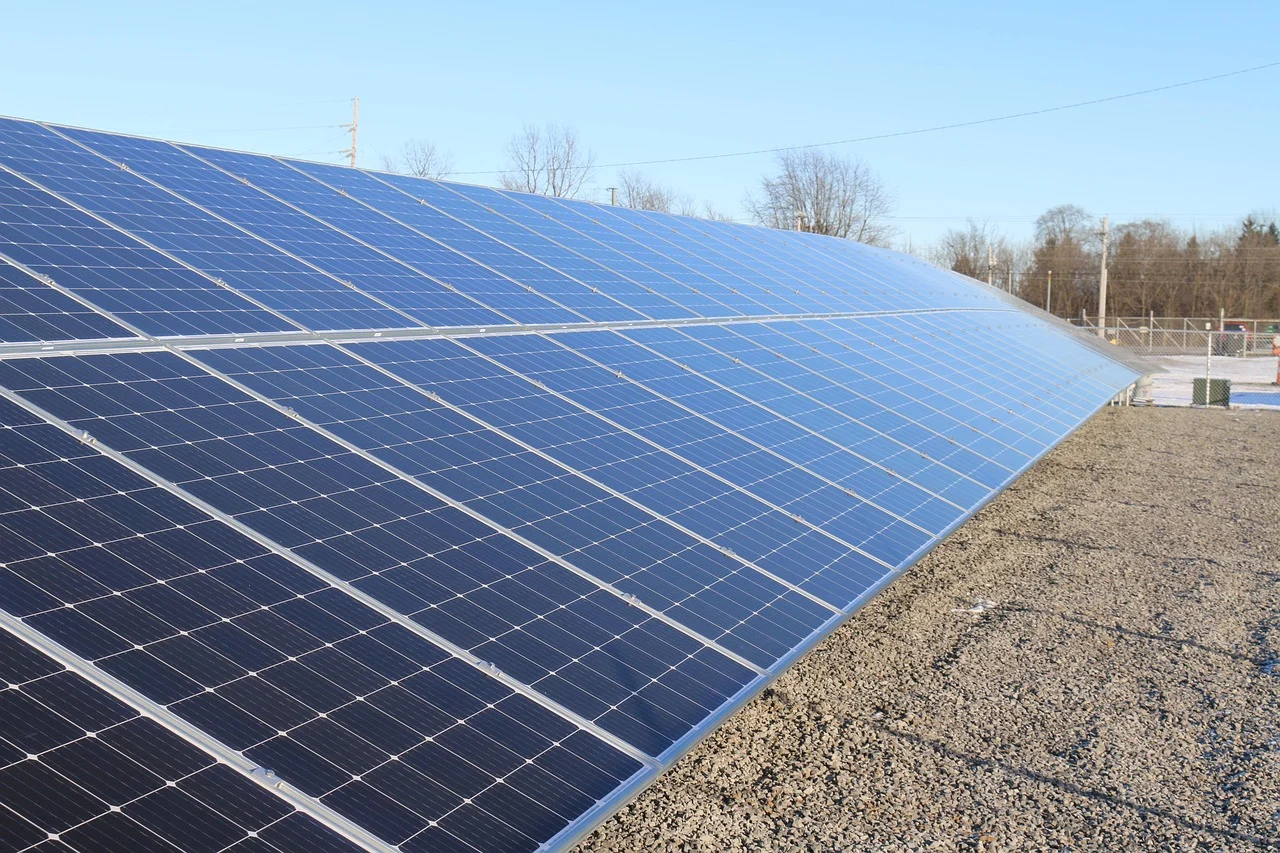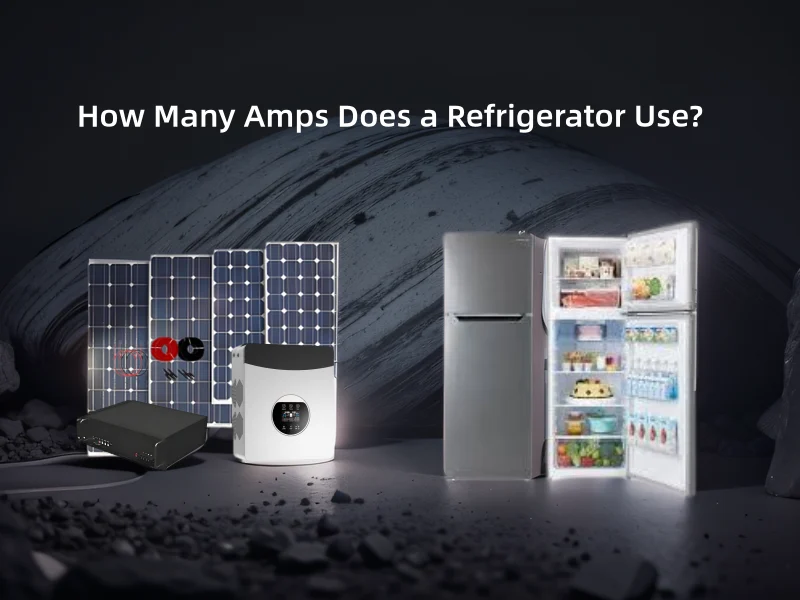Understanding Lithium Battery Lifespan
1. Cycle life range
The cycle life of a 48 volt lithium ion battery is the number of full current discharge cycles that the battery can withstand at a given depth of current (DoD). 48V lithium-ion batteries, especially those using lithium iron phosphate (LiFePO4) technology, have the longest cycle life.
2. Calendar life
Calendar life is the total amount of time that a 48 volt lithium ion battery will remain functional regardless of usage. With optimal maintenance and proper storage, 48 volt lithium ion battery can have a calendar life in excess of 10 years.
What are the factors that affect cycle life?
1. Chemistry and Design
Different types of 48v lithium battery technology play a very important role, with lithium iron phosphate (LiFePO4) batteries being praised for their greater ruggedness and longer lifespan compared to regular lithium ion batteries. This means that under the same conditions, LiFePO4 batteries may be more durable than standard lithium-ion batteries, providing a longer period of use, which makes them more desirable in applications that require long-life batteries.
2. Depth of Discharge (DoD)
The depth of discharge of a 48 Volt Lithium Battery, is a measure of how well the battery is used indicates how much of the battery's charge is consumed before charging the lithium ion battery. Depth of discharge (DoD) is the percentage of the total capacity of a 48v lithium battery that is released during a single discharge. Typically, the more frequently a battery is discharged, the shorter its lifespan.
Hypothetically, a 48 Volt Lithium ion Battery, can withstand approximately 4500 full charge-discharge cycles at 80% Depth of Discharge (DoD). 80% DoD means that the battery will release 80% of its total capacity each time it is discharged. After these 4,500 cycles, the battery's capacity drops to 80% of its original capacity and the performance of the 48 volt lithium ion battery begins to degrade, and although it can continue to be used, it will store less power.
For applications such as solar storage systems and electric vehicles that require frequent charging and discharging, 48 volt lithium ion battery need to be charged and discharged repeatedly, and if the battery has a shorter cycle life, the battery may need to be replaced more frequently, which will increase the cost and complexity of maintenance. Therefore, the cycle life of the battery is directly related to the reliability and economy of the whole system.
3. Temperature
Optimal Operating Temperature: The optimal operating temperature range for lithium-ion batteries is -20°C to +60°C. Within this temperature range, the battery maintains consistent performance and longevity.
Avoid charging below 0°C: Charging in freezing conditions below 0°C may result in permanent battery damage and reduced capacity. Therefore, avoid charging the battery at such low temperatures.
Maintenance of temperature ranges: To protect the battery from overheating and cold related problems, the temperature ranges described above should be maintained and thermal management systems used where appropriate.
Charge Specification
Use specialized lithium-ion chargers: These chargers are specifically designed to meet the specific requirements of lithium-ion batteries, and are able to manage the charging current and voltage correctly to avoid damage to the battery, ensuring that the battery charging process is both safe and efficient.
Avoid overcharging: Because when a 48 volt lithium ion battery is close to fully charged, the chemical reaction inside the battery becomes more intense, which may lead to accelerated degradation of the battery. Therefore, it is recommended that you try not to charge to 100%, but rather to about 80-90%. Doing so will slow down this degradation process, thus extending the life of the battery and keeping it healthy for longer.
How to maintain and extend the life?
Periodic Inspection
Regularly check 48 volt lithium ion battery health and charge levels, both cosmetic and performance.
1. Regular charging
It is recommended to charge promptly when the charge level falls below 20% rather than waiting until it is fully and completely discharged.
2. Avoid overcharging
Use original replacements and avoid prolonged plugging in.
3. Use a compatible smart charger
This automatically adjusts the charging current and voltage according to the condition of the 48 volt lithium ion battery, avoids extreme temperatures and monitors the battery management system (BMS) for any problems.






 Afrikaans
Afrikaans Albanian
Albanian Amharic
Amharic Arabic
Arabic Armenian
Armenian Azerbaijani
Azerbaijani Basque
Basque Belarusian
Belarusian Bengali
Bengali Bosnian
Bosnian Bulgarian
Bulgarian Catalan
Catalan Cebuano
Cebuano Chichewa
Chichewa Chinese (Simplified)
Chinese (Simplified) Chinese (Traditional)
Chinese (Traditional) Corsican
Corsican Croatian
Croatian Czech
Czech Danish
Danish Dutch
Dutch English
English Esperanto
Esperanto Estonian
Estonian Filipino
Filipino Finnish
Finnish French
French Frisian
Frisian Galician
Galician Georgian
Georgian German
German Greek
Greek Gujarati
Gujarati Haitian Creole
Haitian Creole Hausa
Hausa Hawaiian
Hawaiian Hebrew
Hebrew Hindi
Hindi Hmong
Hmong Hungarian
Hungarian Icelandic
Icelandic Igbo
Igbo Indonesian
Indonesian Irish
Irish Italian
Italian Japanese
Japanese Javanese
Javanese Kannada
Kannada Kazakh
Kazakh Khmer
Khmer Korean
Korean Kurdish (Kurmanji)
Kurdish (Kurmanji) Kyrgyz
Kyrgyz Lao
Lao Latin
Latin Latvian
Latvian Lithuanian
Lithuanian Luxembourgish
Luxembourgish Macedonian
Macedonian Malagasy
Malagasy Malay
Malay Malayalam
Malayalam Maltese
Maltese Maori
Maori Marathi
Marathi Mongolian
Mongolian Myanmar (Burmese)
Myanmar (Burmese) Nepali
Nepali Norwegian
Norwegian Pashto
Pashto Persian
Persian Polish
Polish Portuguese
Portuguese Punjabi
Punjabi Romanian
Romanian Russian
Russian Samoan
Samoan Scottish Gaelic
Scottish Gaelic Serbian
Serbian Sesotho
Sesotho Shona
Shona Sindhi
Sindhi Sinhala
Sinhala Slovak
Slovak Slovenian
Slovenian Somali
Somali Spanish
Spanish Sundanese
Sundanese Swahili
Swahili Swedish
Swedish Tajik
Tajik Tamil
Tamil Telugu
Telugu Thai
Thai Turkish
Turkish Ukrainian
Ukrainian Urdu
Urdu Uzbek
Uzbek Vietnamese
Vietnamese Welsh
Welsh Xhosa
Xhosa Yiddish
Yiddish Yoruba
Yoruba Zulu
Zulu